Check Regularly On These 9 Car Fluids
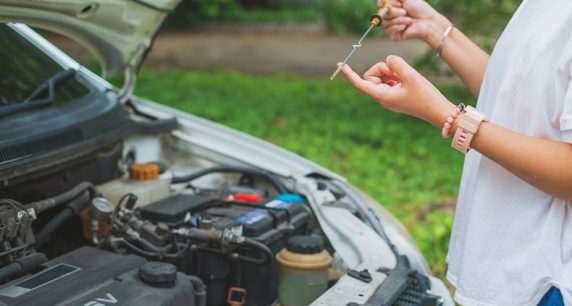
Fluids to Check In a Vehicle
The following fluids are essential to the operation of your vehicle and should be checked regularly. In most cases, these fluids should be completely replaced at factory-specified maintenance intervals.
Some of these fluids are application-specific in nature and are not found in every vehicle, but most of the fluids below are workhorses in the automotive industry.
1 .Engine Oil
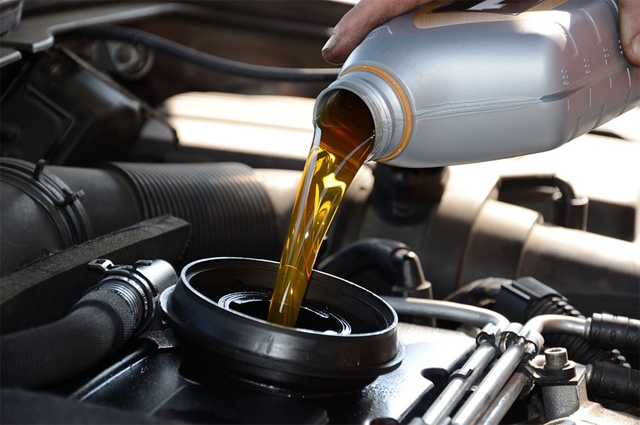
Engine oil is the lifeblood of any engine, providing critical lubrication to all moving parts and components. This type of fluid lubricates the mains, rods, camshaft bearings, and other moving parts at the top of the engine. Engine oils come in many different types and individual viscosities. It is therefore important to only use engine oils approved by the vehicle manufacturer.
It’s always a good idea to check your vehicle’s engine oil every few weeks or before a long trip. These checks should be done more frequently as the vehicle ages and mileage increases.
Engine oil level can be checked by removing and looking at the relevant dipstick. Most engine oil dipsticks are marked “full” and “low” and have been found to be accurate when checking the oil level when the engine is warm and off.
2 .Coolant/Antifreeze
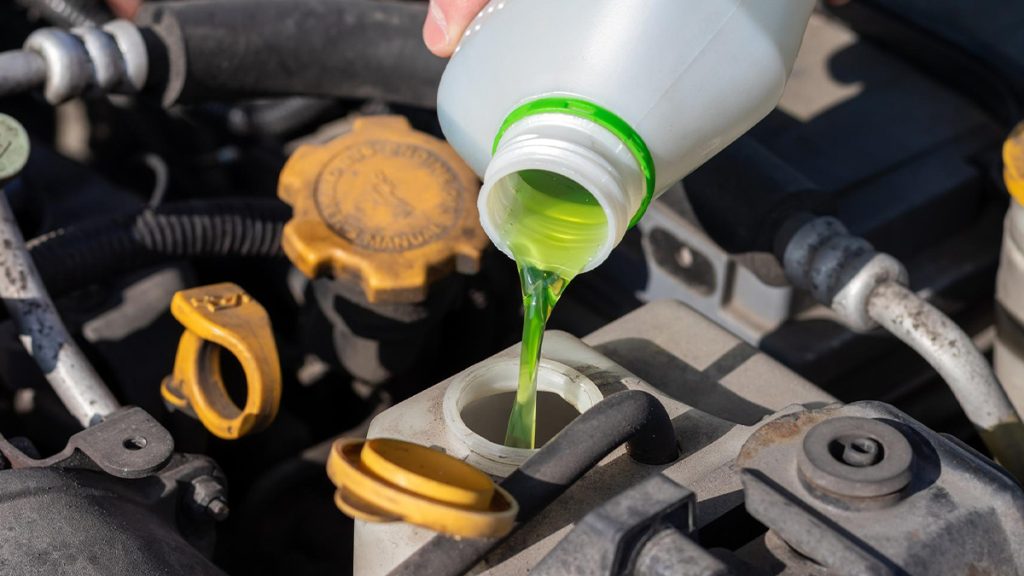
Vehicle coolant or antifreeze is used to regulate the internal temperature of the engine. Coolants come in many different types and colors, but the most common are ethylene glycol-based and non-freezing at low temperatures.
Additionally, coolant or antifreeze will not boil until extreme temperatures are reached. Generally, this fluid acts as a medium for heat exchange between the vehicle’s engine and radiator.
Coolant/antifreeze levels should be checked at least once a month, but more often is recommended if extreme temperatures are expected. A weekly check may be required if you suspect a leak in your engine’s cooling system.
Most vehicles today are equipped with a cooling system spill tank. It’s relatively transparent, allowing a quick visual check of your engine’s coolant/antifreeze.
On many older vehicles, you could check the antifreeze/coolant in the radiator itself, but it was tricky.
3 .Transmission Fluid
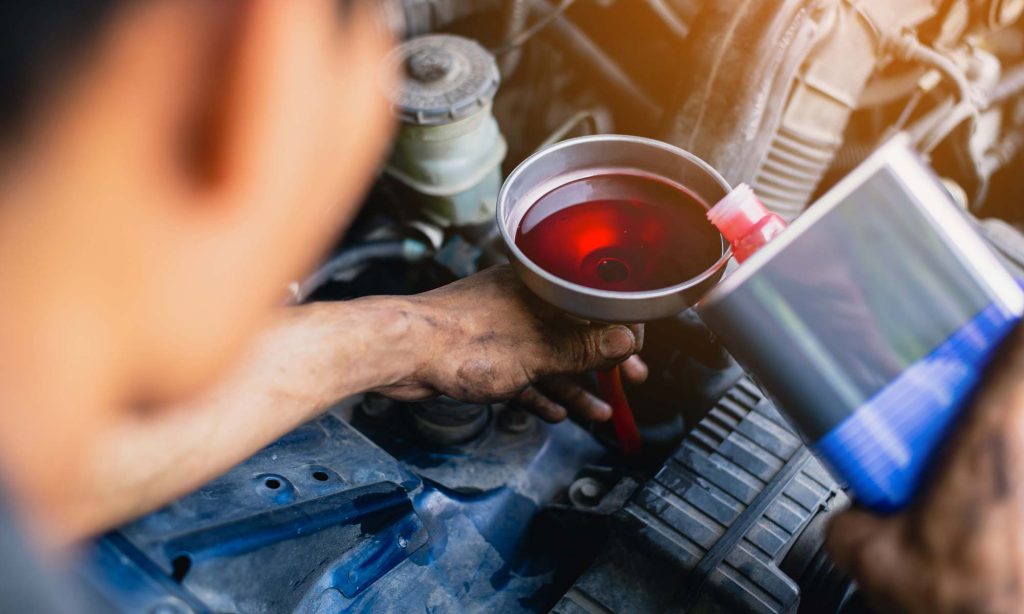
In general, transmission fluid serves multiple purposes within the transmission itself and all associated fluid circuits.
Transmission fluid not only lubricates the moving parts in the transmission, but also acts as a cooling medium when passing through suitable heat exchangers or as the driving force for viscous couplings when passing through a torque converter. Too little transmission oil is a recipe for expensive repairs, as is too much.
Like engine oil, transmission oil should be checked every few weeks on newer model vehicles and every few days on older high mileage vehicles. It’s also recommended to check more frequently if you suspect a system leak. Many vehicles have a dedicated transmission fluid dipstick that can be used to quickly and accurately check the vehicle’s transmission fluid level. In many cases, the vehicle’s engine must be running and the transmission in park or neutral to perform such checks. Alternatively, some vehicles have an oil check plug located on the transmission body itself.
4 .Power Steering Fluid
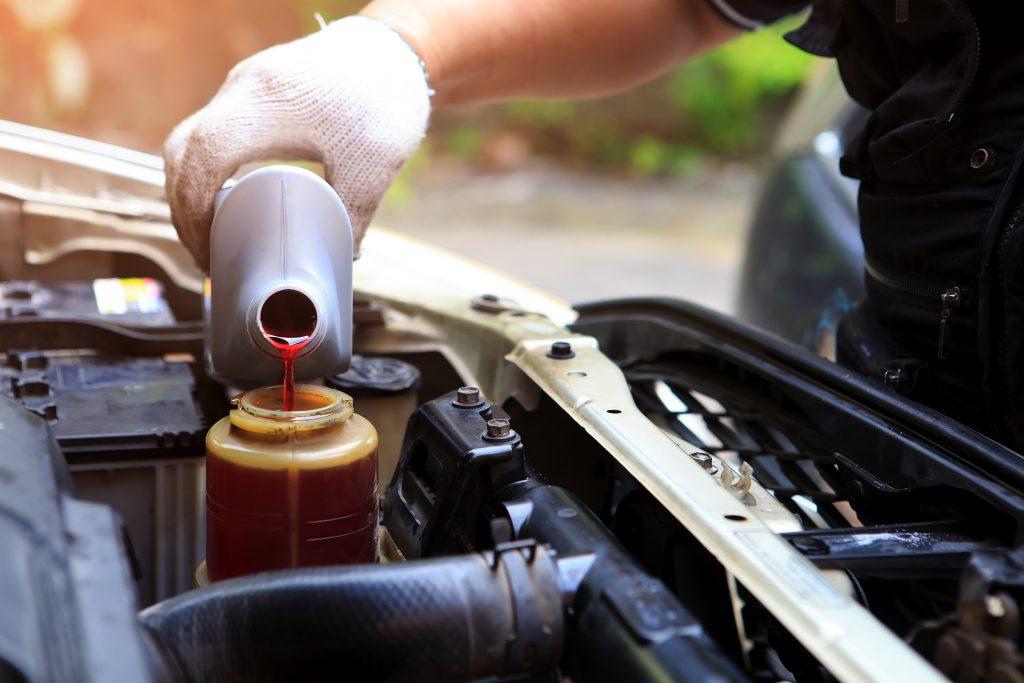
Power steering fluid is used as the hydraulic medium within a vehicle’s power steering system. This fluid is pumped to the steering rack or transmission and used to amplify the driver’s steering effort. Many vehicles nowadays have begun to move to using electric power steering systems. Most car manufacturers recommend checking your vehicle’s power steering fluid at least once a month.
As the vehicle begins to age, more frequent inspections may be recommended due to the possibility of leaking lines/O-rings and deterioration of critical structural seals. Most power steering systems have a dipstick attached to the reservoir. This dipstick is often integrated into the reservoir cap, making the system easier to maintain.
Nevertheless, some power steering systems are hermetically sealed and require more extensive procedures to perform these checks.
5 .Brake Fluid
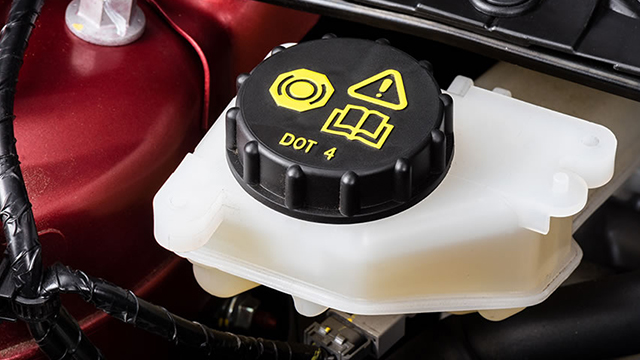
Without enough brake fluid, hydraulic brakes will not work as intended. Brake fluid acts as the hydraulic medium used in virtually all vehicles to exponentially increase the driver’s braking effort. This newly amplified force acts on the vehicle’s brake shoes and pads, significantly reducing overall stopping distance.
We always recommend checking your vehicle’s brake fluid monthly. In this way, the driver is often able to deal with minor leaks in the brake system before it ultimately becomes a safety issue. Almost all vehicles have a brake fluid reservoir mounted on the master cylinder which is often partially assembled in a translucent manner. This allows the liquid level to be analyzed and compared to the ‘minimum’ and ‘maximum’ marks imprinted on the body of the reservoir.
6 .Differential Oil
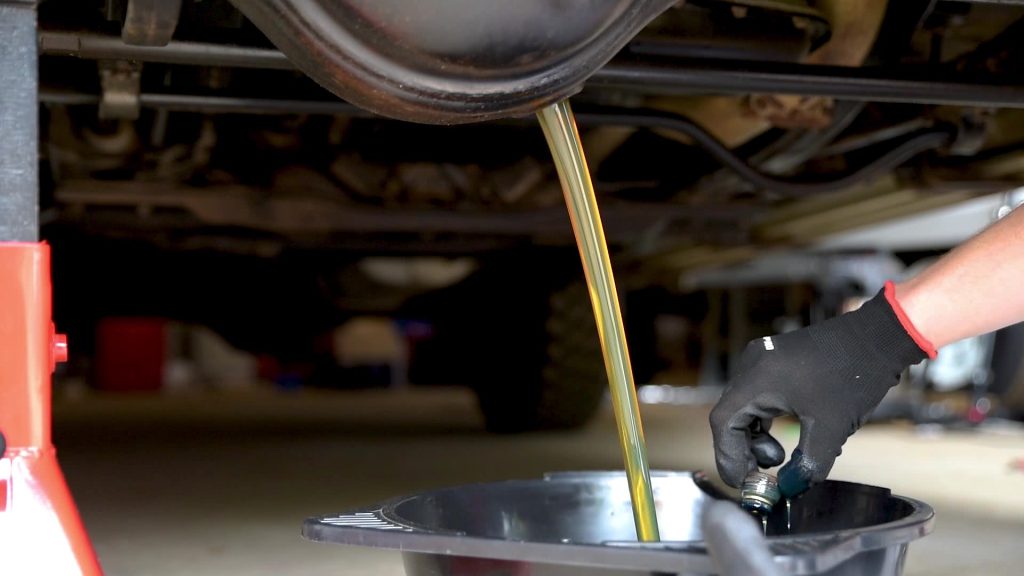
Rear-wheel drive, four-wheel drive, and all-wheel drive vehicles have internal gear assemblies simply called differentials. These arrangements transmit driveline torque to their respective axles while allowing each drive tire to rotate at different speeds during cornering. Differentials are filled with a special gear oil that provides lubrication during operation.
The differential or transmission fluid is relatively tough and he doesn’t need to check it more than once every 5,000 KM to 8,000 KM unless a leak is suspected. Additionally, most differentials do not need to change this fluid until they have been serviced for approximately 50,000 KM to 100,000 KM. Almost all differentials have a medium insert plug that can be removed to access the assembly’s gear case. This clogged opening allows you to analyze fluid levels and top up with new gear oil.
7 .Transfer Case Fluid
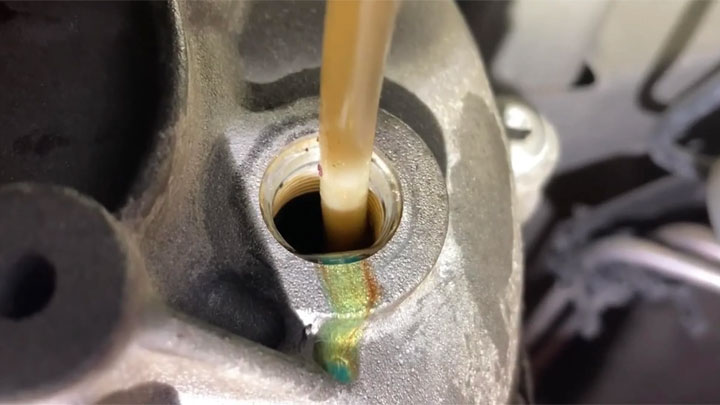
Four-wheel drive vehicles use a special auxiliary gearbox to distribute drive power to the front and rear axles. This gearbox is called a transfer case and is filled with a special lubricant to prevent premature wear of all internal components. Some manufacturers mandate the use of gear oil in such assemblies, while others use synthetic gear oil.
Transfer he case oil should be checked at regular maintenance intervals specified by the vehicle manufacturer. In most cases these values are checked at every oil change. Additionally, transfer case oil is typically changed every 60,000KM to 100,000KM.
Transfer case oil can be checked by removing a special plum in the same manner as the standard method for checking a vehicle’s differential. If this level is below capacity, additional transfer case oil should be added per the manufacturer’s instructions.
8 .Clutch Fluid
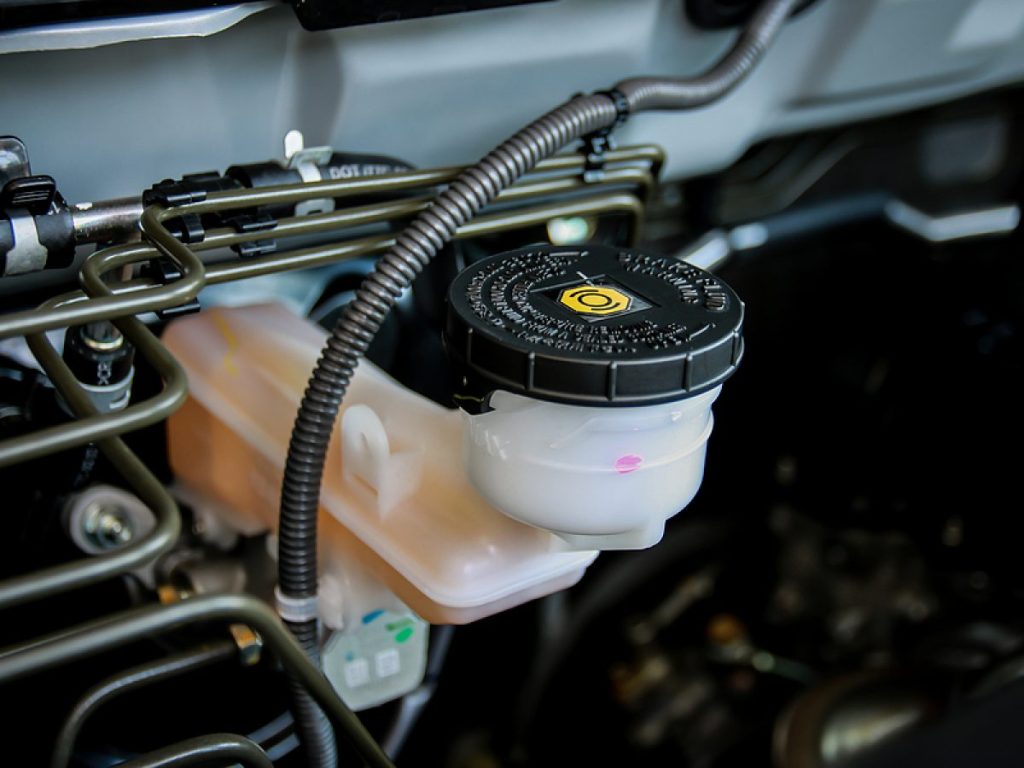
Manual transmissions are much less common than they used to be, but there are still many vehicles on the road today with such manual transmissions. Most of these vehicles have hydraulic clutches. These systems rely on special clutch fluids to facilitate movement of the corresponding slave cylinders used to engage/disengage the clutch assembly itself.
Most manufacturers recommend checking your vehicle’s clutch fluid every 2-3 months or when performing standard maintenance, whichever comes first. Of course, if leaks are suspected, such checks should be performed more frequently. Like the braking system itself, vehicles with hydraulic clutches typically have a reservoir mounted on the master cylinder. This reservoir is often translucent, allowing quick analysis of the liquid level inside. If this liquid is found to be below the specified level, it should be topped up as needed.
9 .Windshield Washer Fluid
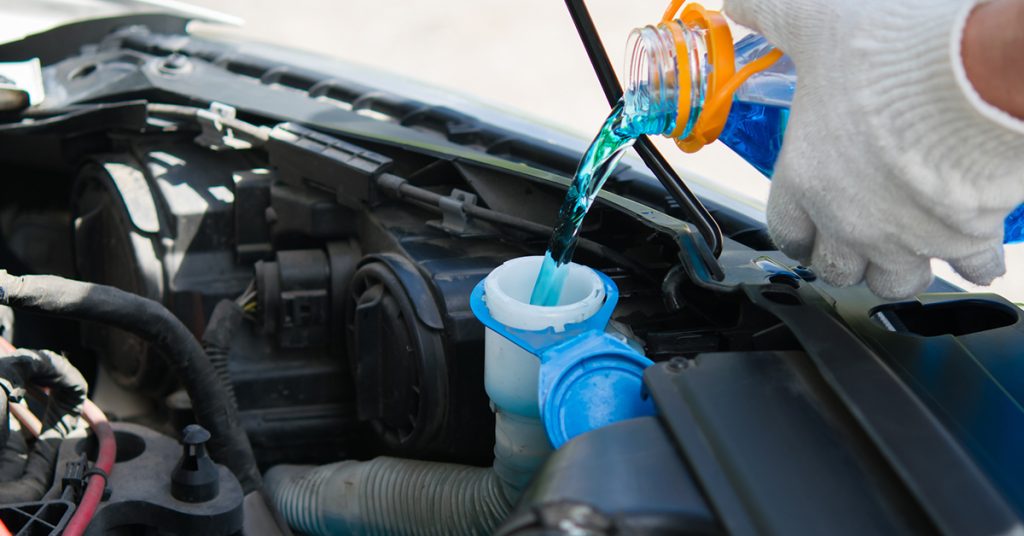
Windshield washer fluid is used to clean the vehicle windshield and is delivered via a special pump and pre-assembled nozzles. Without this liquid, you’ll have to do a lot of manual work to clean your car’s windshield.
Both summer and winter wash fluids are available, as well as his versatile, all-season blends.
How often the washer fluid level is checked is directly related to how often the washer fluid is used as it is a consumable item.
However, it is considered standard practice to top up the vehicle’s washer fluid at regular service intervals. The condition of the wiper blades should also be checked at the same time in case the wiper blades need to be replaced.
You can easily check your washer fluid level by looking under the hood of your car. In most cases, your vehicle’s washer fluid reservoir is translucent, allowing quick and easy analysis of the fluid level. The vehicle’s washer fluid can be topped up as needed.



